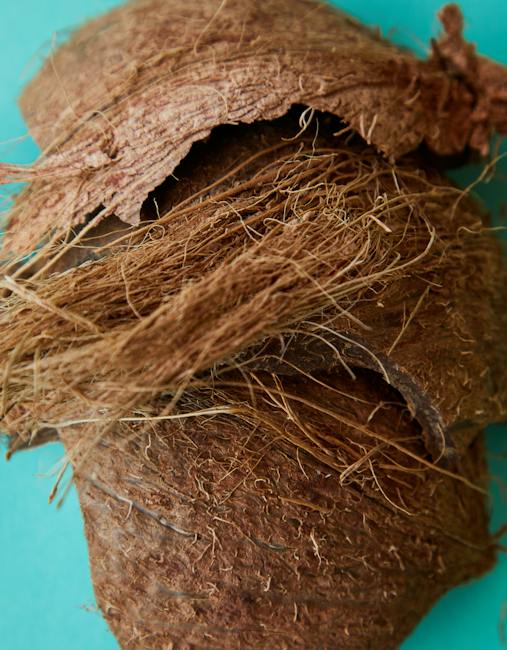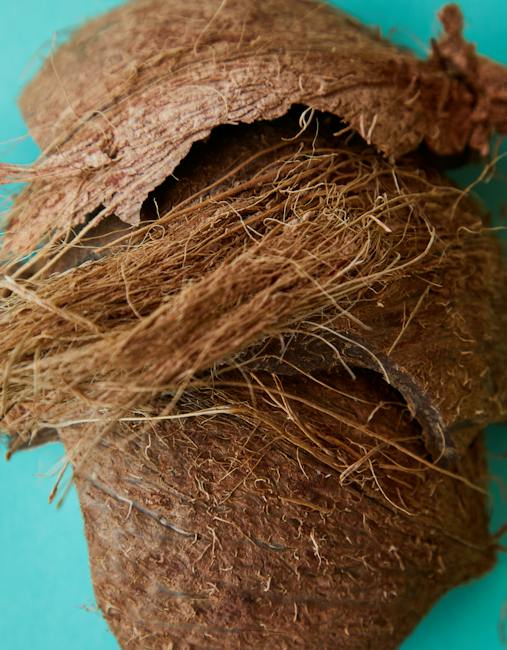Unveiling the Power of Greens: A Deep Dive into Plant-Based Protein Pleasures

Plant-based protein pleasures are taking the culinary world by storm, and for good reason. As more people are exploring veganism and vegetarianism, the demand for high protein, plant-based meals is on the rise. But what exactly are these protein-packed delights, and why are they so popular? Let’s take a deep dive into the power of greens and the pleasures of plant-based proteins.
Firstly, it’s important to understand that protein is a vital nutrient that our bodies need to function properly. It’s involved in everything from building and repairing tissues to making enzymes and hormones. Traditionally, we’ve been taught that the best sources of protein are animal-based products like meat, eggs, and dairy. However, a growing body of research suggests that plant-based proteins can be just as effective, if not more so, in meeting our nutritional needs.
Plant-based proteins come from a variety of sources, including legumes, grains, nuts, seeds, and even certain vegetables. These foods not only provide a hefty dose of protein, but they’re also packed with other essential nutrients like fiber, vitamins, and minerals. Plus, they’re typically lower in saturated fats and cholesterol than their animal-based counterparts, making them a healthier choice overall.
One of the most popular plant-based proteins is lentils. A single cup of cooked lentils packs a whopping 18 grams of protein, along with plenty of fiber and iron. They’re incredibly versatile, too. You can use them in everything from soups and stews to salads and stir-fries. Another favorite is quinoa, a grain that’s considered a complete protein because it contains all nine essential amino acids. With 8 grams of protein per cup, it’s a great addition to any meal.
But the plant-based protein pleasures don’t stop there. Tofu, tempeh, and edamame are all made from soybeans, and they’re all excellent sources of protein. Tofu, for example, has 10 grams of protein per half-cup serving. It’s also a great source of calcium and iron. And let’s not forget about nuts and seeds. Almonds, for instance, have 6 grams of protein per ounce, while a tablespoon of chia seeds has nearly 3 grams.
The beauty of these plant-based proteins is that they can be incorporated into a wide variety of dishes, making it easy to enjoy a high-protein, vegan meal. From lentil curry and quinoa salad to tofu stir-fry and almond butter toast, the possibilities are endless.
Moreover, embracing plant-based protein pleasures doesn’t just benefit your health. It’s also a more sustainable choice for the planet. Producing plant-based proteins requires less water, land, and energy than producing animal-based proteins, and it generates fewer greenhouse gas emissions.
In conclusion, plant-based protein pleasures offer a delicious and nutritious alternative to traditional animal-based proteins. They’re packed with essential nutrients, versatile in the kitchen, and kinder to our planet. So why not give them a try? Whether you’re a long-time vegan, a curious omnivore, or somewhere in between, there’s a world of plant-based protein pleasures waiting for you to explore.
